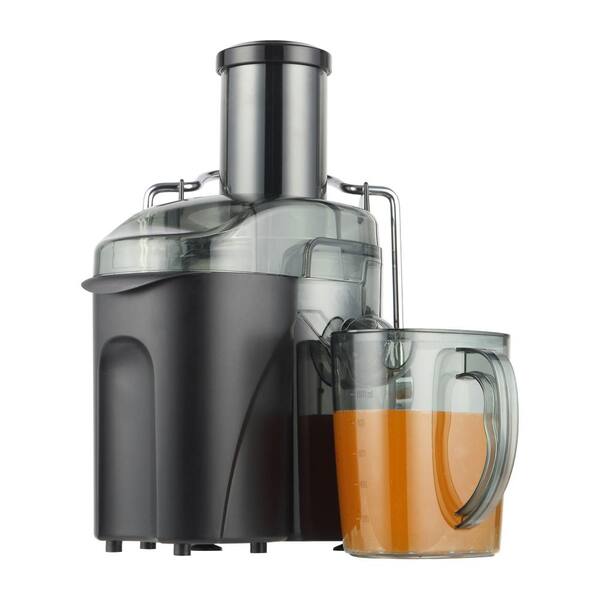
You may have heard these buzzy terms before, but why do they matter? Some people think that a slow juicing process will yield more-nutritious juice.
#Juicer 3 upgrade update#
Green juice pulp was a little wet, but the carrot-apple pulp was drier.įor the 2020 update of this guide, we tested only single-auger vertical juicers, which fall under the category of “slow” or “cold-pressed” juicers. When it came to the amount of moisture left behind in the pulp, the EVO820 sat squarely in the middle compared with other juicers. (The Slowstar’s strainer has a standard round basket shape attached to a long handle, and as it balanced precariously, we waited for it to fall off and slosh pulp everywhere.) We also made juice with the Kuvings without using its strainer, and the juice was still the best we tried. At first this seemed like a gimmick, but it was so much easier to use than the standalone strainer that comes with the Tribest Slowstar. (Higher yields from some other juicers were around 14 ounces, but they tasted grainy.) The EVO820 also made the least foamy juice of any model, with the help of its proprietary strainer, which locks onto the top of the juicing container to remove extra foam and pulp.

Although the Kuvings yielded the smallest amount of carrot-apple juice, 12.45 ounces, the tradeoff was that the juice was also the least fibrous, with a satiny texture. It yielded 11¼ ounces of green juice, about as much as the Omega VSJ843, and the result tasted bright, fresh, and balanced.

The Kuvings EVO820 stood out for making the best juice we’ve tasted.


 0 kommentar(er)
0 kommentar(er)
